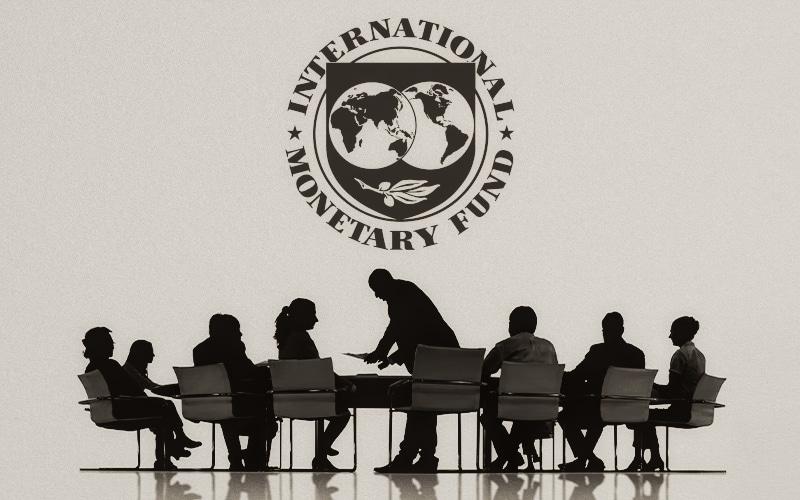In an official report, the International Monetary Fund (IMF) has said crypto assets are no longer niche products and hence, regulators must catch up.
As crypto assets have become more mainstream as a lucrative investment, hedges against weak currencies, and as a potential payment instrument; a comprehensive regulatory space is ever-more needed.
The report has been authored by IMF capital markets director Aditya Narain and assistant director Marina Moretti. In the report, officials have noted that the recent clashes of crypto issuers, exchanges, and hedge funds have “added impetus to the push to regulate.”
However, authors of the report have also admitted that developing regulatory frameworks for crypto assets is a tough task because of factors like patchy data, the market’s rapid evolution, difficulty in monitoring, and the lack of workable skills between regulators.
They pointed out, “Regulators are struggling to acquire the talent and learn the skills to keep pace given stretched resources and many other priorities.”
The authors have also criticised the inconsistent approach to crypto regulation amongst various regulators. They have pointed out the need for a well-coordinated, consistent, and comprehensive global crypto regulatory frame.
Some regulators may prioritise consumer protection, others safety and soundness or financial integrity.
They elaborated that there are different crypto actors like miners, validators, protocol developers and they are not easily included by traditional financial regulation. This exclusion is because some regulators may prioritise consumer protection while others would give importance to safety and soundness or say, financial integrity.
They suggested that a global regulatory frame will make markets more orderly and help promote consumer confidence. The global regulatory framework will introduce the limits of what is permissible, and also offer a safe space for useful innovation to flourish.
The report also claims that the global regulatory framework may take a stance on how the underlying technology can affect other public objectives. For instance, the enormous energy intensity of “mining” has other far-reaching effects.
Also Read: IMF Report Says there are 100 CBDCs as of July 2022






